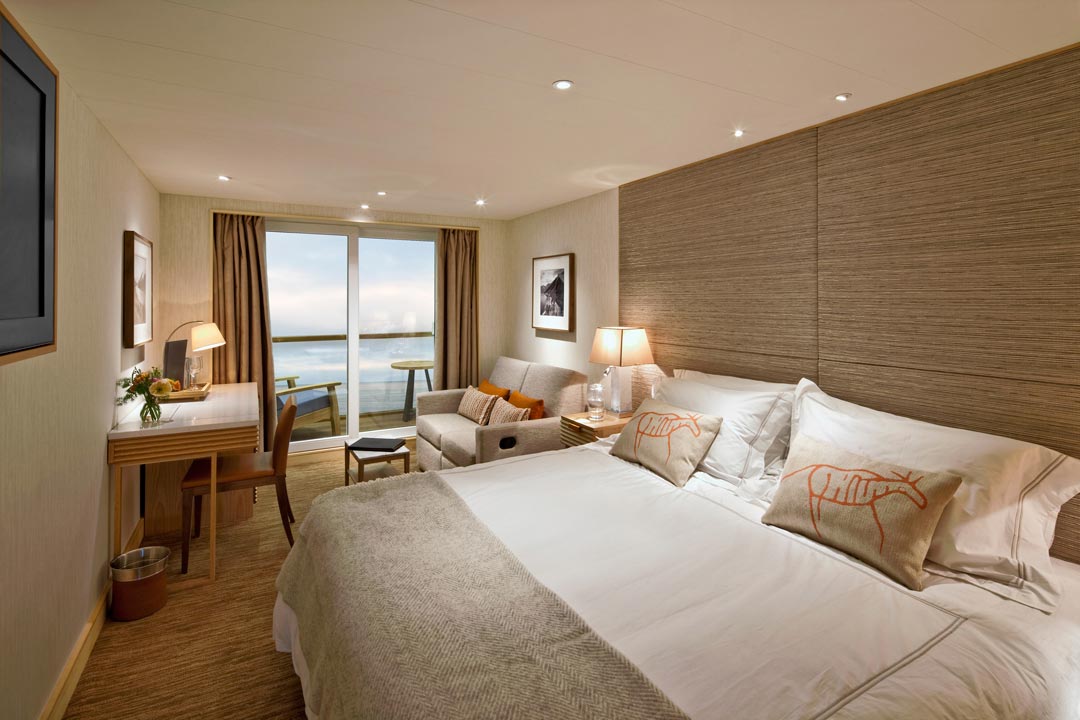
Burgundy Rhone France, is a wine-producing region. Its wines are some of best in world. Burgundy has several different regions, each with their own distinct flavors and smells.
This region in France's northern part is the home of some of the world's most expensive and prestigious wine. Some of these wines can be sold for thousands. There are, however, many other affordable options.
The Northern Rhone is made up of several distinct sub-regions that each have their own characteristics and style. Cotes du Rhone vineyards are a good place to start your exploration of this region. They offer a wide range of wines that you can easily understand and appreciate.
Domaine de la Romanee Conti Chateau Maraux and Chablis, are just a few of the well-known wines in this region. This region is home to many other wineries that are worth visiting.

As in other French regions, the climate can influence the quality of wines. This region's northern portion has a continental-type climate with cold winters, and hot summers. These conditions produce wine with strong aromas and flavors.
The southern part of the region has a more Mediterranean influence and has many different grape varieties. This includes Syrah as well Mourvedre and Grenache.
There are several wineries that have been making wine in the area for many years. These wines are typically made from grapes that have been harvested by hand. The wines may be complex, with a variety of flavors and scents.
It is possible to find great wines that have been blended. This allows the different components to shine. This is an aspect of the winemaking process that is often overlooked.
Burgundy is more diverse than Bordeaux in terms of wine. Pinot Noir is the grape variety used in some of the region's best red wines, while Chardonnay is the most common white variety.

There are also a few white grapes that grow in Burgundy, including Viognier and Roussanne. They are used to make sweet white wines but can also be used to produce dry or sparkling wines.
There are a number of river cruise companies you can look into if you wish to explore this region. Uniworld offers a tour lasting two days in Burgundy. Viking River Cruises offers a cruise of eight days on the Rhone River and Provence River.
Avalon offers a 7-day itinerary from Lyon, to Avignon. This itinerary will let you explore the wines and cuisines of Burgundy, as well as Provence. Booking in advance is advised for this itinerary, as it is always sold out.
FAQ
Where should I go on my cruise?
It is important to consider the places you wish to visit if you are looking for different ports of calls. This information can be used to narrow your search. For instance, if you love history, you might want a cruise that visits places such as Alaska, Bermuda, Canada, England, France, Greece, Italy, Mexico, Spain, Turkey, etc. If you are more into beaches and water sports, you might want an itinerary that includes destinations such as Jamaica, Aruba, Bahamas, Costa Rica, Panama, Hawaii, Tahiti, etc.
What type of cabin do I need?
It is important to consider the space you require when you choose a cabin. Is it okay to share a bathroom with someone else? Or would you rather have a private bathroom? Is noise important to you? Do you prefer to spend your time in the dining room or in your stateroom? Think about whether you want an interior view or a patio. Balconies provide more space, but can sometimes make it noisy. Interior views are generally quieter that balconies.
Is there food on a cruise that isn't expensive?
The answer is yes All cruises come with complimentary food. However, you must purchase drinks to enjoy them.
The cost of a cruise depends on the ship you're sailing on. For example, for a cruise on a luxury vessel, you might pay $20-30 per drink. The cost for a small vessel will likely be lower at $10-15 per individual.
Are cruise ships safe?
Yes, cruise ship travel is very safe. Most cruise ships are equipped with state-of-the-art technology and security systems. The safety regulations for cruise ships are very strict. All crew members undergo extensive training and are required to pass background checks. Before boarding the ship, passengers must be screened. Some cruise lines require passengers show proof that they have been vaccinated against certain diseases. If you are ever concerned about your safety, please contact the customer service department at the cruise line.
These are the 4 factors that determine the cruise's cost.
The main factors that affect the cost of a cruise are how long you'd like to stay on board, whether an all-inclusive package is preferred, how many people will be traveling with you, and which type of cabin you book.
Do you have any additional information I should know before I take a cruise or go on one?
Before you embark on your first cruise, it is important to be well-informed. Remember that you'll be traveling with others. Do not be harsh about these people. You will never know how they feel about a situation. You will be sharing your meals with strangers. Be dressed appropriately. Do not wear shorts or tank tops on deck. Wear comfortable clothes that won't get dirty. Be prepared for extreme temperatures. Sunscreens are essential. In case you need to spend time outdoors, bring a hat. Remember that you are responsible. Don't drink and drive.
Statistics
- You'll need to budget around $80 per person per day for this option – and an additional 18% gratuity. (travel.usnews.com)
- If you're traveling alone, you may also need to factor in a single supplement, adding up to as much as 100% of the cruise fare. (travel.usnews.com)
- The line estimates savings of 50% when you purchase this bundle. (travel.usnews.com)
- You can save 15% off the total price if you book in advance of your trip. (travel.usnews.com)
External Links
How To
How to avoid becoming seasick during a cruise
The best way to avoid seasickness on a cruise is by wearing a hat. A wide-brimmed cap helps to prevent motion sickness by keeping your head from moving too much.
A hat also keeps water off the face, reducing the air's moisture. People who feel dizzy from breathing in moist air can breathe easier.
Another tip: Drink lots of fluids. Avoid alcohol or caffeine. These drinks dehydrate your body, making it more difficult for fluids to move around in your stomach. Consuming enough fluids can help lower the salt levels in your bloodstream. Salt causes the body's retention of water, which can lead to nausea.
Eat something salty if your stomach is feeling nauseous. Salty foods make the stomach produce more hydrochloric Acid, which is helpful in breaking down food particles.
These are just some of the possible ways to reduce seasickness. Be aware that some medications may have side effects such as drowsiness, dry mouth, constipation, blurred vision, and headaches.